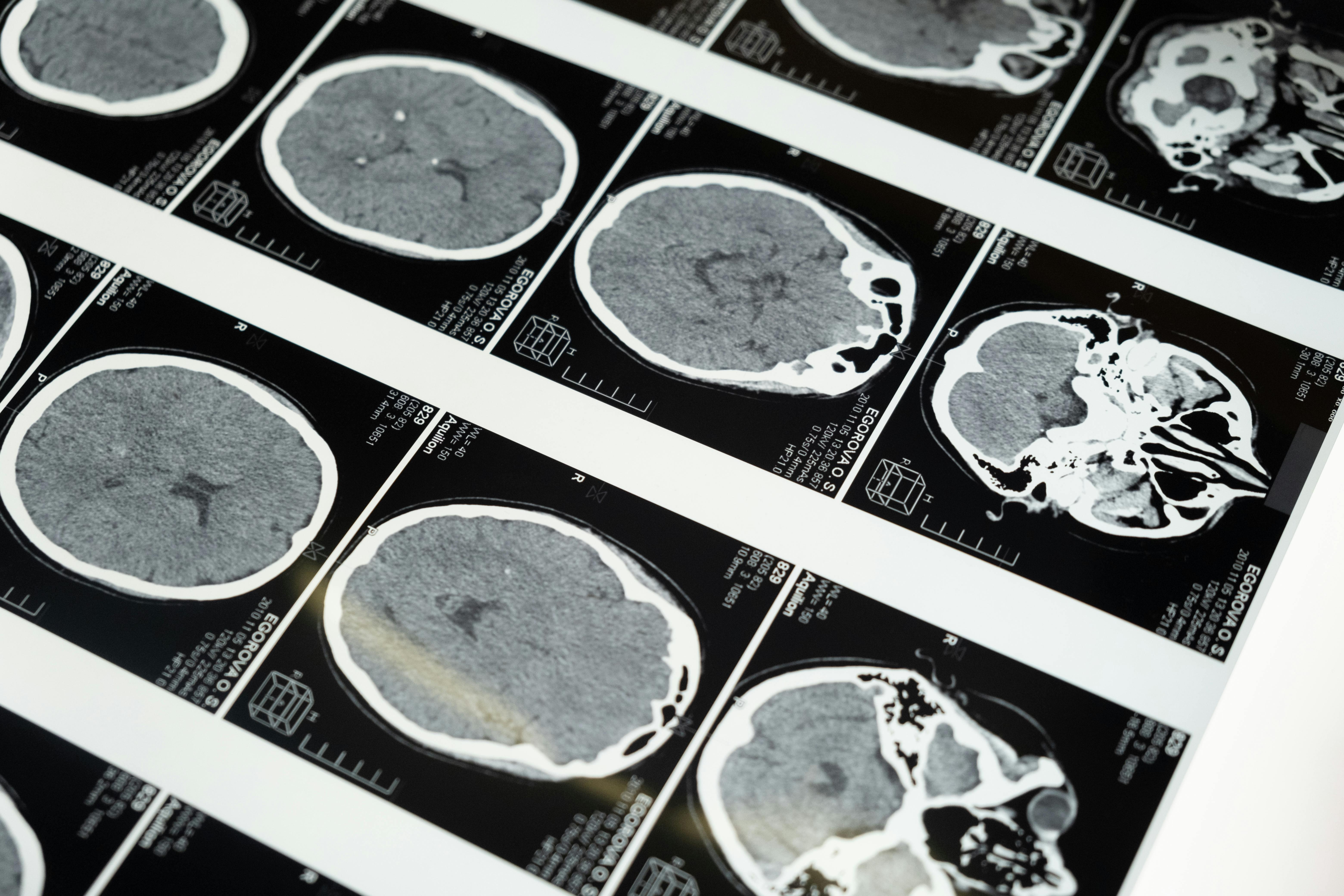
Epilepsy is a neurological disorder characterized by recurrent seizures caused by abnormal electrical activity in the brain. Affecting millions of people worldwide, epilepsy is often misunderstood, leading to stigma and misinformation. In this blog post, we’ll explore the basics of epilepsy, its types, causes, treatment options, and ways to support those living with the condition.
1. What is Epilepsy?
Epilepsy is a chronic disorder that affects the brain’s electrical activity, leading to seizures. These seizures can vary widely in type, duration, and intensity. A person is diagnosed with epilepsy when they have experienced two or more unprovoked seizures that are not caused by another identifiable medical condition.
2. Types of Seizures
Epileptic seizures are generally classified into two main categories:
Focal Seizures: These occur in a specific area of the brain and can be further divided into:
Focal Aware Seizures: The person remains conscious and aware during the seizure.
Focal Impaired Awareness Seizures: Consciousness is altered, and the person may not respond normally.
Generalized Seizures: These involve both hemispheres of the brain from the onset and include:
Tonic-Clonic Seizures: Characterized by muscle stiffening (tonic) followed by rhythmic muscle jerking (clonic).
Absence Seizures: Brief episodes of staring or loss of awareness, often mistaken for daydreaming.
Myoclonic Seizures: Sudden, brief jerks of the muscles.
3. Causes of Epilepsy
Epilepsy can be caused by various factors, including:
Genetic Factors: Some types of epilepsy are hereditary and can run in families.
Head Injuries: Trauma to the brain from accidents or injuries can trigger seizures.
Brain Tumors or Structural Abnormalities: Abnormalities in brain structure can lead to seizure activity.
Infections: Conditions like meningitis or encephalitis can provoke seizures.
Stroke: A stroke can damage brain tissue and lead to epilepsy.
In many cases, the exact cause remains unknown, which can be frustrating for individuals and their families.
4. Diagnosis and Treatment
Diagnosing epilepsy typically involves a combination of medical history, neurological exams, and diagnostic tests, such as:
Electroencephalogram (EEG): This test measures electrical activity in the brain and helps identify seizure patterns.
Imaging Tests: MRI or CT scans can detect structural abnormalities in the brain.
Once diagnosed, treatment options may include:
Medications: Antiepileptic drugs (AEDs) are the most common treatment and aim to control seizures.
Surgery: In cases where seizures are not well-controlled by medication, surgical options may be considered to remove the seizure focus.
Vagus Nerve Stimulation (VNS): A device implanted in the body can help reduce seizure frequency.
Ketogenic Diet: A high-fat, low-carbohydrate diet has been shown to help some children with epilepsy.
5. Living with Epilepsy
Living with epilepsy can present challenges, but many people lead fulfilling lives with proper management and support. Here are some ways to support individuals with epilepsy:
Education: Increase awareness and understanding of epilepsy to reduce stigma and misconceptions.
First Aid Training: Educate friends, family, and coworkers on how to respond to seizures, including basic first aid.
Support Networks: Encourage participation in support groups or organizations for individuals and families affected by epilepsy.
Open Communication: Foster an environment where individuals feel comfortable discussing their condition and needs.
Epilepsy is a complex and often misunderstood condition that affects many individuals and families. By increasing awareness and understanding, we can create a more supportive environment for those living with epilepsy. With proper diagnosis, treatment, and community support, many people with epilepsy can manage their condition effectively and lead rich, active lives. If you or someone you know is affected by epilepsy, don’t hesitate to seek information and support from healthcare professionals and local organizations.